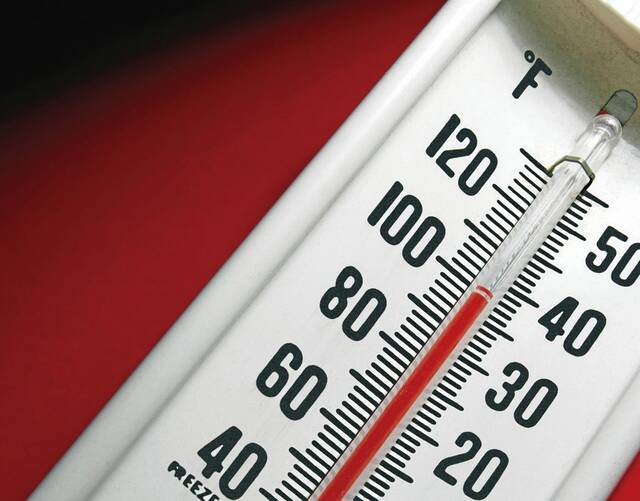Destenie Nock: Summer's triple threat — bills rising, grids straining, help shrinking
In July 2022, a tenant called to say her apartment thermostat read 89 degrees Fahrenheit and her infant had developed a painful heat rash. I drove to the store, bought the only A/C unit still in stock and installed it that same day. But afterward, I kept thinking about the unseen families who face the same choice every summer: pay a soaring electric bill or risk their health indoors.
Three years later, the news headlines reflect the same collision of heat, cost and risk:
Home electricity bills are on track to reach a 12‑year high this summer, squeezed by inflation and hotter weather.
Cooling costs alone may break household budgets, meteorologists warn.
LIHEAP, the federal lifeline that kept six million families connected last year, faces fresh budget threats just as demand peaks.
Energy Star, which has saved consumers an estimated $500 billion since 1992, is slated for shutdown amid proposed EPA cuts.
Most of the country faces elevated blackout risk this summer, according to the North American Electric Reliability Corporation.
Regional grids from Texas northward could run short on capacity during extreme heat, Reuters reports.
If rising bills, shrinking assistance and reliability concerns converge, every hot spell could become a public‑health emergency. Yet utilities already possess the key to defusing that risk: the data flowing from their own smart meters. Studies in several states show that by analyzing hourly usage patterns, billing histories and temperature forecasts, utilities can identify households likely to fall behind weeks before a shut‑off notice is generated — doubling enrollment in assistance programs and trimming arrears in the process.
Utilities are not villains in this story; they are uniquely positioned to be allies. They see, line by line, how unpaid balances strain revenue requirements and how a single blackout can erode community trust. By pairing predictive analytics with targeted outreach, they can lead on both safety and affordability without waiting for new mandates or emergency bailouts.
Four partnership steps can put that vision into motion:
• Let meters raise the flag. Use existing interval data to reveal homes whose usage drops perilously during heat waves — an early sign of “voluntary” disconnection.
• Turn insights into invitations. A personalized text linking to a pre‑filled relief application will outperform generic mail inserts every time.
• Treat relief as reliability. Every avoided shut‑off lightens grid stress and reduces costly restoration dispatches when capacity is tight.
• Defend proven programs. Armed with concrete data on arrears avoided and lives safeguarded, utilities can advocate for LIHEAP and Energy Star as cost‑saving necessities, not expendable line items.
My tenant’s baby healed because someone with resources — and the foresight to act before the hottest days arrived — stepped in. This summer, utilities hold those resources at scale, and modern analytics make foresight possible. By acting now, we can ensure no family has to choose between staying cool and staying connected.
Destenie Nock is a Carnegie Mellon University professor and founder of a local startup, Peoples Energy Analytics.
Remove the ads from your TribLIVE reading experience but still support the journalists who create the content with TribLIVE Ad-Free.

